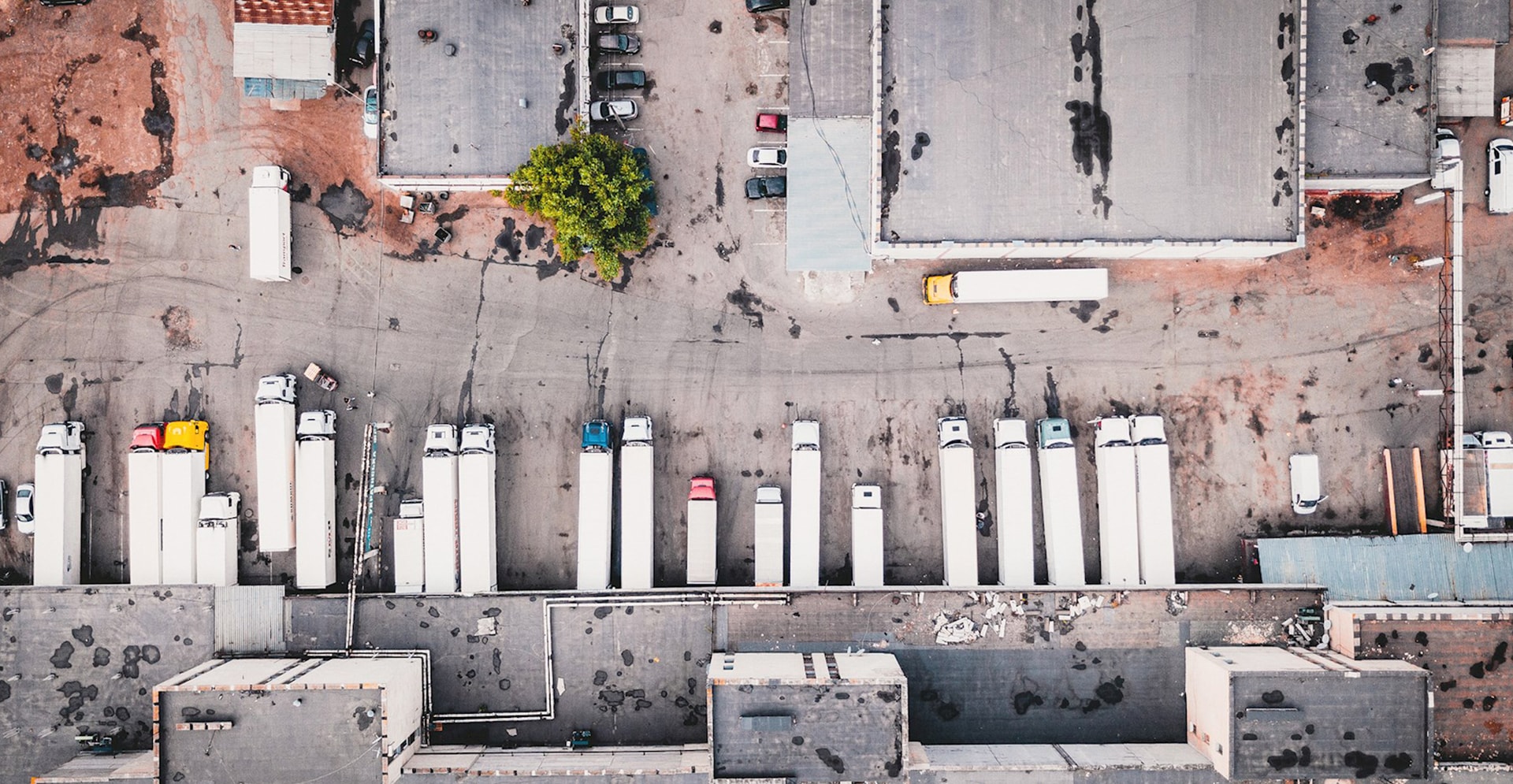Three international organizations namely World Bank, International Monetary Fund (IMF) and United Nations (UN) have recognized India as the world’s fastest growing economy, and average growth forecast by all three organizations for the current fiscal hovers around 7.3-7.6%1. According to the IHS Markit economic outlook report published in June 2019, India is forecasted to overtake UK to become world’s largest economy this fiscal year. It is also projected to surpass Japan to feature at the 2nd position in Asia-Pacific region by 20252.
Manufacturing has emerged as one of the high growth sectors in India. Prime Minister Narendra Modi launched the Make in India initiative on September 25th, 2014 to place India on the world map as a manufacturing hub. For example, Gujarat’s GDP accounted for 8.1% of India’s national GDP in 2018-19, while Maharashtra accounted for 14.73%, highest of all states.
To figure out the strategic location for setting up a manufacturing plant to meet client’s requirements, in-depth due diligence needs to be performed. There are a multitude of factors to be considered for any company to set up a manufacturing plant. These include basic infrastructure, business environment, political stability, real estate framework, labor laws, land acquisition process and site selection due diligence.
Four major elements that are of particularly prime importance include infrastructure, business environment and proactiveness of government, human resources and real estate.
The first crucial point around infrastructure development is the importance of proximity and connectivity with airport, seaports, and a network of roads with adequate logistics framework. Infrastructure and industrial development is key to the development of the state. Therefore, the state government must accord the highest priority to infrastructure and industrial development by creating an enabling environment for industrial development and a rationalism in policy framework. As a result of the availability of quality infrastructure, industries can get established with less capital investment and can function without impediments.
Next, the business environment and proactiveness of government is crucial in encouragement of businesses and attraction of greenfield capital investment projects in conjunction with incentives offered as benefits to investor. With the improvement in the economic scenario in India, there have been various investments in many sectors of the economy. The M&A activity in India reached record US$ 129.4 billion in 2018 while private equity (PE) and venture capital (VC) investments reached US$ 20.5 billion3. In addition to this, several government initiatives and developments have been undertaken by government across different industries and sectors making India as an exemplary investment hub to domestic and international investors.
Human resources (HR) also play an important role in terms of labor, wage norms, manpower availability, future potential of the location and cost of accommodation in adjoining areas. Human capital plays an important role in the economic development of a country – for example, slow growth in underdeveloped countries mostly results from lack of investment in human capital. Thus, human capital formation is very much required for the economic development of the underdeveloped countries. To achieve circumferential development of the country, the human capital formation through adequate volume of investment on human development is very much important under the present context of infrastructure development. The development of human resources can raise per capital income of the country through the increased formation of human capital and can lead to overall improvement of quality of life in general.
Last but not the least is the real estate regulatory framework. It includes site selection due diligence, as well as average allotment cost of land and availability of industrial land in existing and outside government industrial estates. There are all of paramount importance. India’s real estate is the 4th largest in terms of FDI inflows and FDI in the sector is expected to grow to US$ 25 billion by FY224. Out of five major segments of real estate i.e. residential, commercial, retail, hospitality and Special Economic Zones, the most grabbed segment by investors are SEZs as government had formally approved 423 SEZs, out of which 222 are in operation as of December 20175. Secondly, minimum land requirement has been brought down from 1000 hectares to 500 hectares for multi-product SEZ and for sector specific SEZs to 50 hectares6.
There is a lot of opportunity regarding manufacturing facilities in India. And with the improvement of ease of doing business in the country, many multinationals are looking at setting up facilities here. With the right planning and consideration of key factors, organizations can successfully take advantage of these opportunities in a growing market full of potential.
1 https://economictimes.indiatimes.com/news/economy/indicators/india-to-grow-at-7-3-in-2019-and-7-5-in-2020-international-monetary-fund/articleshow/68797821.cms
2 https://economictimes.indiatimes.com/news/economy/indicators/india-to-become-5th-largest-economy-globally-this-year-2nd-in-apac-region-by-2025/articleshow/69638064.cms?from=mdr
3 https://www.ibef.org/economy/domestic-investments
4 https://www.ibef.org/download/Real-Estate-January-2018.pdf
5 https://www.business-standard.com/article/economy-policy/remove-sunset-clause-on-tax-benefits-for-sez-units-commerce-ministry-118012100125_1.html
6 https://economictimes.indiatimes.com/news/economy/policy/govt-eases-land-requirement-norms-for-sez-to-attract-more-investors/articleshow/21784531.cms?from=mdr


